What’s The Importance Of Bulbous Bow Of Ships?
One thing that often catches the eye of a common man regarding most of the ships, is the bulb-like projection at the forward end of the ship, often below the waterline.
There is no doubt in the fact that at some point in your life, you have questioned yourself regarding the reason behind the presence of this structure. Well, since it generally resembles the shape of the bulb, and is always placed at the bow of the ship, it is known as a Bulbous Bow.
Let’s look back to about a hundred years from now. Remember Titanic? You must have observed it didn’t have a bulbous bow. But try having a look at the bows of modern cruise ships, container ships, LNG carriers, research vessels, etc.
All of them are characterized by a bulbous bow. Not only monohull ships, today almost even catamarans are equipped with a bulbous bow rather than straight bows. Why?
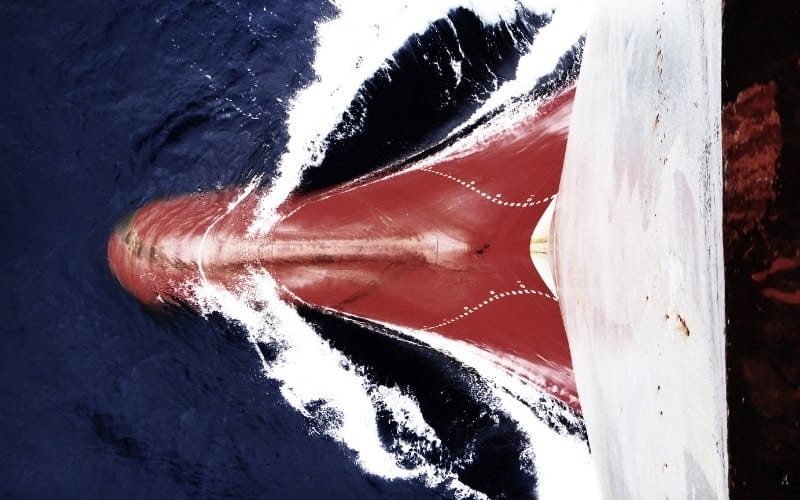
When a ship surges, it generates its own Kelvin waves (the ones you see around a ship when it sails in open sea) as shown in Figure 1.
Now visualize it this way- the waves are basically travelling forms of energy in water medium. Where did this energy come from? In other words, who energized the water particles to form these waves?
It is the moving mass of the ship that does this job. Note the word “moving”. The ship’s movement is powered by its propulsion system. A part of the energy delivered by the engine goes into rotating the propeller, and in turn, a fraction of that thrust generated by the propeller comes handy in actually propelling the ship. Where does the rest of the energy go? Remember, water particles were energized to transmit waves? That’s your answer. This is also called Wave Making Resistance of a ship.
Now, why are we discussing this, and what does this have to do with a bulbous bow? Read on.
Consider a ship with a straight bow (for example, Titanic). As the ship surges forward, the water particles move towards the stern along the entire length of the ship. But what about that water particle that is incident right at the centreline of the stem?
Its instantaneous velocity is zero, which in scientific terms, is known as a Stagnation Point. If you recall Bernoulli’s Equation, the pressure at a stagnation point will be higher. So the pressure of the water particles at the bow is higher, thus giving rise to the crest of a wave.
This wave is called the bow wave since it is generated due to the movement of the bow through the water, as shown in Figure 2. So with a straight bow, there is always a wave continuously formed, with its crest at the bow. Thus, it is evident, that we are wasting a part of the engine power in generating this wave. What if this effect of wave-making can be reduced? If yes, then how?
If we introduce another discontinuity (any structure in the ship below the waterline which disturbs the laminar flow is regarded as a discontinuity) below the waterline at the bow, in front of the stem of the ship, the discontinuity will itself give rise to another wave at its foremost point. Since the stem is still at the waterline, it will generate normal bow waves.
What if we can design the shape and position of the discontinuity in such a way so that the bow wave and the wave created by the discontinuity result in a destructive interference? (Refer to Figure 3) Well, that is pretty much the principle behind the design of a bulbous bow. The destructive interference results in reduced wave-making of the ship, and which further reduces the wave-making drag of the hull form.
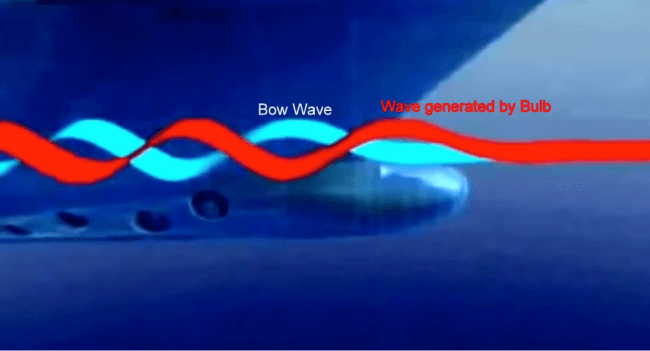
In the preliminary stages of the development of the bulb, the primary mission of the design was to reduce the wave-making drag. But as we moved on, we couldn’t stop delving into more interesting aspects as discussed below:
Wave making is a significant characteristic of finer hull forms. That is why, you notice prominent Kelvin waveforms in cruise ships, liners, yachts, and naval cruisers. If you notice a bulk carrier or an oil tanker (fuller hull forms), it is evident that these hull forms do not show prominent Kelvin wave patterns.
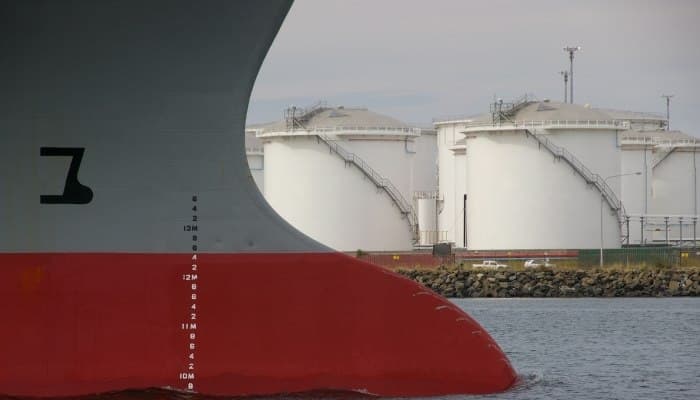
Why? Because the waterline width at the stem itself is so large (or in other words, the discontinuity inflow is higher) that the pressure rises to a level such that the bow wave height exceeds the threshold up to which a wave holds its properties. In this case, the wave breaks right at the bow itself even before it travels along the ship length.
So, are fuller hull forms more energy efficient in this respect? No. Do fuller hull forms have high wave-making resistance? No. Do fuller hull forms have high wave breaking resistance? Yes. With this application, bulbs were also introduced in bulkers and tankers to reduce their wave breaking resistance.
The different types of bulbs according to their shapes, positions and orientations are as shown below :
The position of the bulb significantly affects the phase difference between the bow wave and the bulb wave. The volume of the bulb is a deciding factor of the amplitude of the resultant wave.
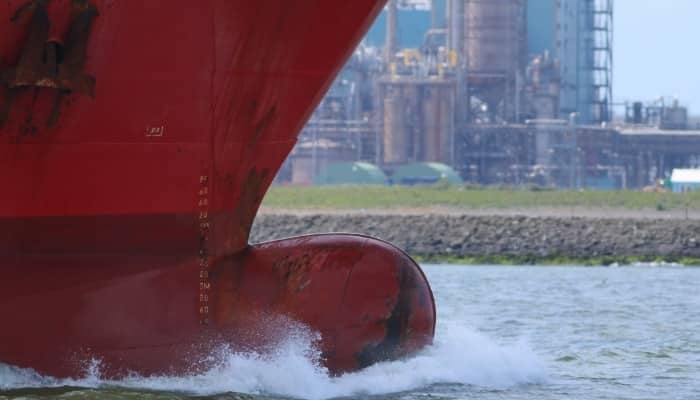
Another advantage of the bulb is that it reduces the dynamic effects of the pitch motion of a ship. In most ships, the interior of the bulb is used as a fore-peak ballast tank. In the case of high pitching, the forepeak tank is often ballasted to reduce the effect of pitching.
How? Well, the time period of pitching is directly proportional to the longitudinal distance of weights from the LCG of the ship. When the fore-peak is ballasted, it increases weight at a larger distance from the LCG of the ship (which in most ideal cases is abaft the midship).
In other words, the pitch radius of gyration increases, therefore increasing the pitch period of the ship. Increased period of pitching results in less dynamic effects of pitch motion.
In the case of ice navigation, the bulb allows broken ice to glide along the hull with its wet side against the hull. The wet side of the ice having less friction coefficient reduces the overall drag on the ship.
Bulbous bows have also been advantageous in housing bow thrusters, as can be seen in modern ships with bow thruster units. In naval ships that use high-frequency underwater acoustics like SONAR, bulbous bows act as protective housing, in addition to its positive effects of drag reduction.
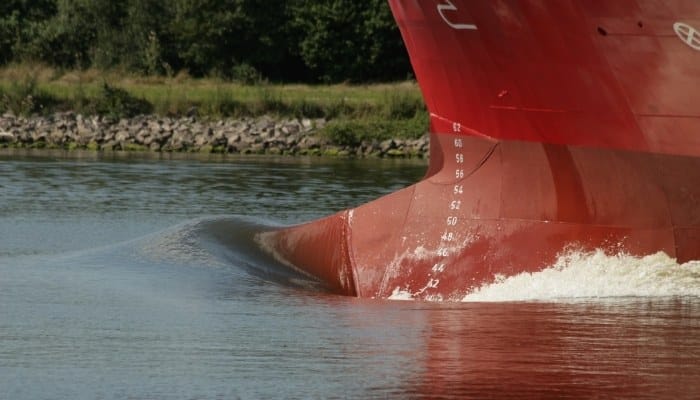
After repeated model testing procedures of a wide range of hull forms and bulb shapes, it has been found that bulbs are not efficient at all service speeds (relate it to Froude numbers). In very low Froude numbers, bulbous bows have been found to increase the drag.
Wonder why? Because a bulb is only effective when it makes its own wave, along with the bow wave. But at very low Froude numbers, wave-making hardly occurs. But the bulb still being below the waterline, increases the total wetted surface area of the ship, therefore contributing to increasing in its skin friction resistance.
Over to you?
Do you know more about the importance of the bulbous bow of ships?
Let’s know in the comments below.
Do you have info to share with us ? Suggest a correction
Latest Naval Arch Articles You Would Like:
Subscribe To Our Newsletters
By subscribing, you agree to our Privacy Policy and may receive occasional deal communications; you can unsubscribe anytime.
Web Stories










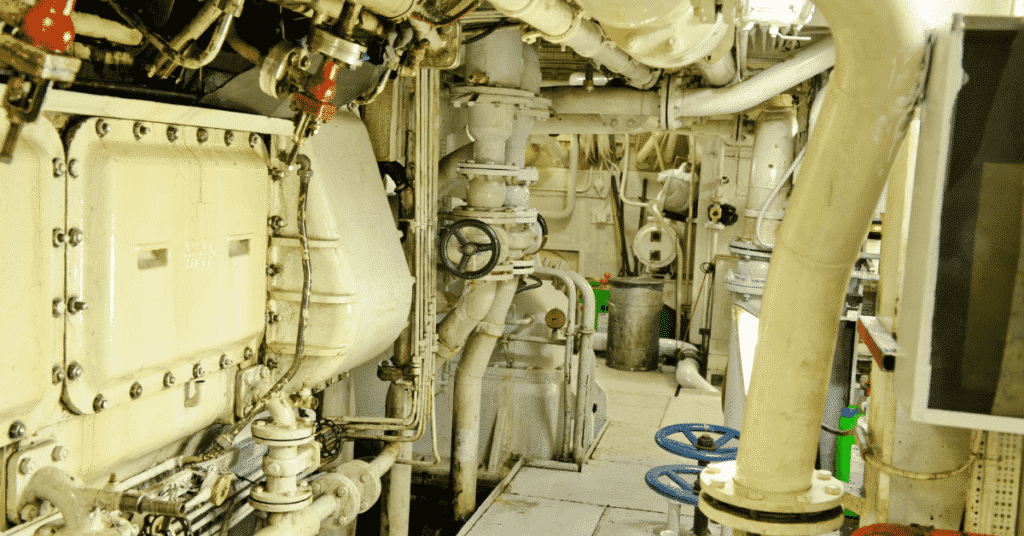
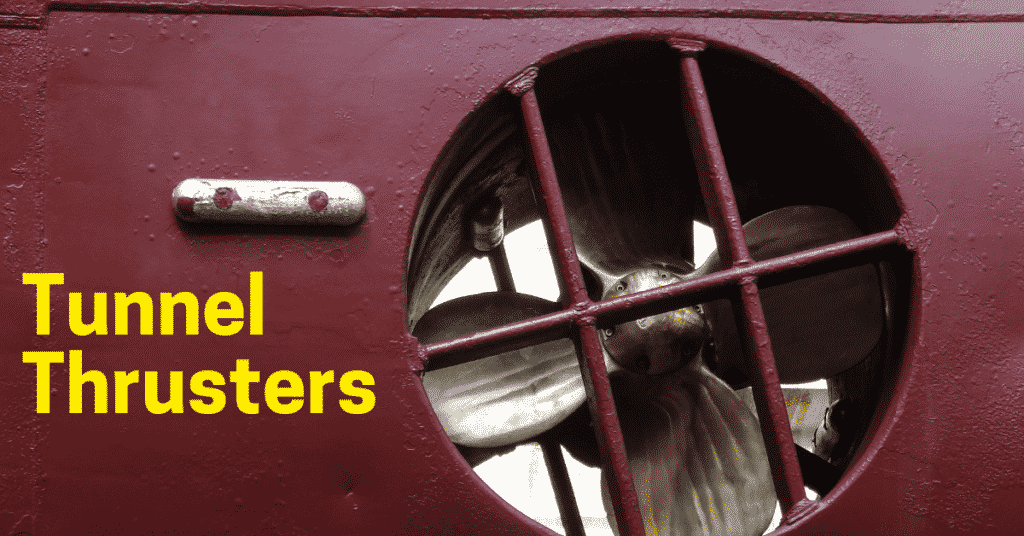
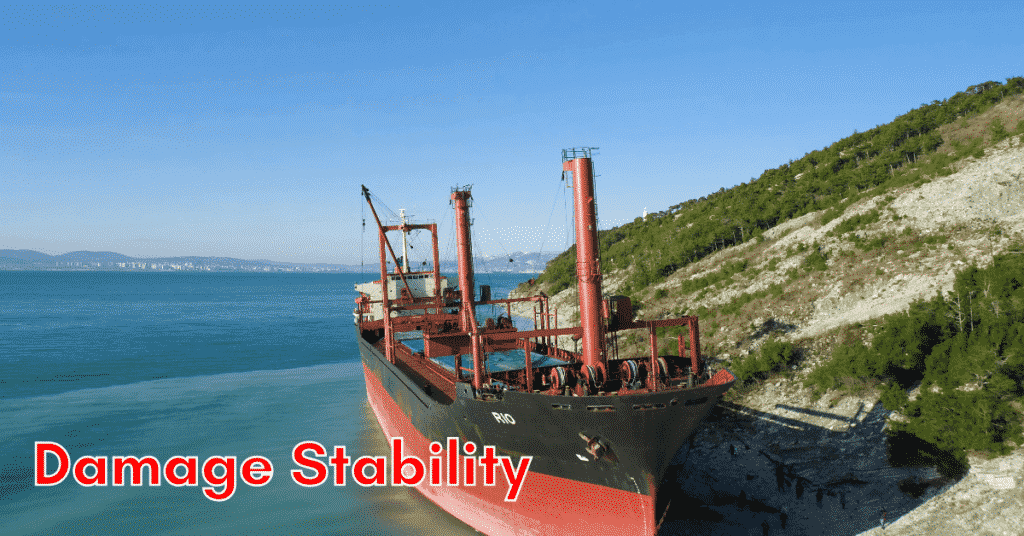
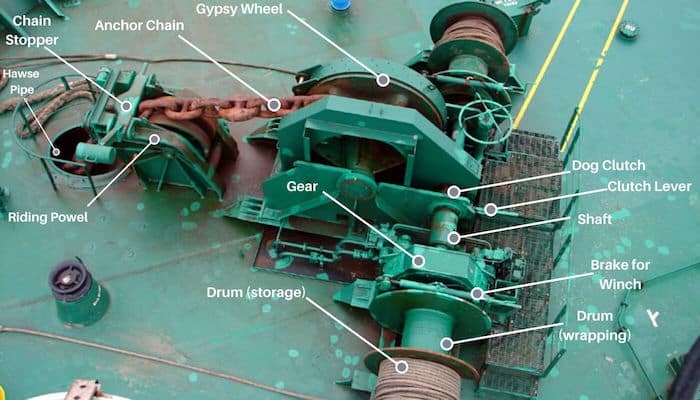
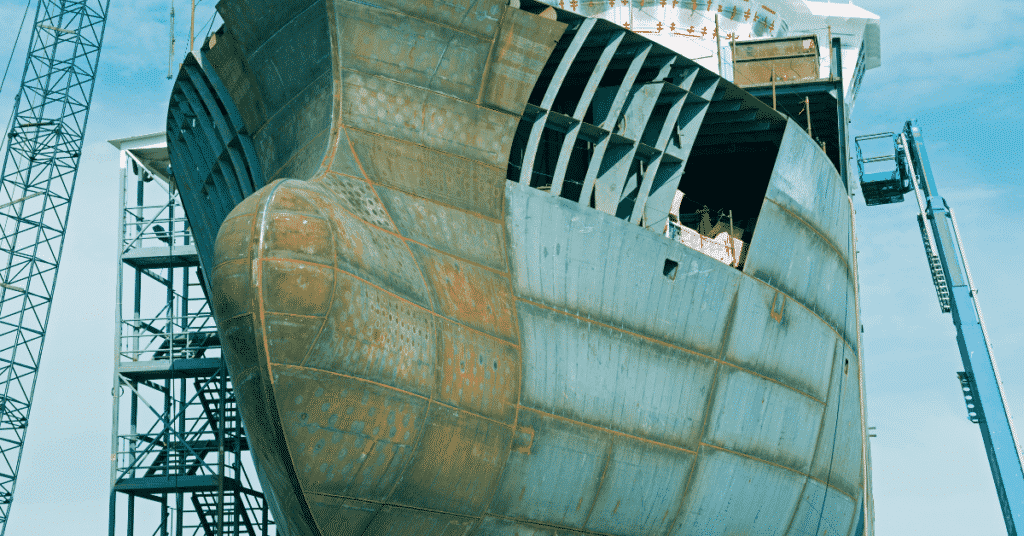
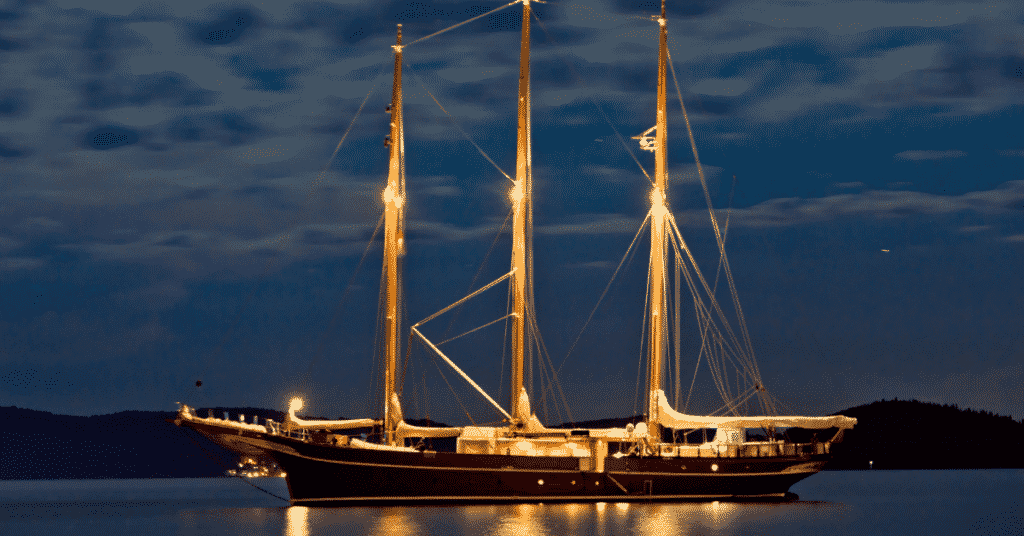





Soumya, Please consider this…for interest.
I have a 35 ft sailing catamaran with just 1m draft.
Would you put bulbous bows on this?
Thank you.
I always wondered what the bulb was about. Thanks.
Bulbous bow is increase the ship speed.
Bulbous bows only achieve maximum effect at a narrow range of speeds, & at speeds exclusively over 6 knots. At other speeds outside the range for which they were designed, bulbous can have the opposite effect and actually increase the drag. Bulbous bows have the greatest effect when applied to large ships such as freighters, cruise ships, navy vessels.
Very interesting and useful article Soumya.. Well written..
Kernow Skipper, whether or not you should add a bulb to your catamaran, will depend on its speed. Please let me know the speed of the vessel.
Dwane, I was once in your place before I studied ship design. You’re welcome.
Tks very much for the full detailed explanation about the bulbous bow, and with some good pictures.
Hariesh, Thankyou.
Roshan Fernando, Thankyou for the appreciation.
Very useful information mr soumya it has increase my vision and knowledge especially how you explained the bulb wave and the bow wave and how these both waves are out of phase to reduce the wave making resistance
Very Good article.
Kernow Skipper, bulb will not be effective in a Sailing catamaran.
Thank you
Mr. Noman, Thank you. Do keep reading on Marine Insight.
After 35 years as a ship’s officer, I’ve finally read a coherent explanation as to the function of a bulbous bow! Thank you for sharing your knowledge.
Well explained. Very informative article.
Bulbous bow also increases the waterplane area in light condition, adding more bouyant force at the fore section and reduces bow slamming in heavy seas. This is complemented by the bow flare in loaded condition.
hello sir I ma tapan can u explain or give me the ship nomenclature and parts with image not in description
because image is easy to learn and small definition of it thanksss
dear, Soumya Chakraborty.
Nice article. I can understand more about hull construction. Do you know about choose the right propeller for cargo ship ?
I am an ICS student, i understand newly designed ships are built with a shorter bulbous bow.what is the difference between the one that is on previous ships and the shorter one .the implications of a short bulbous bow in the newly designed ships?
Thanks a lot for this article, I learnt alot.
Very well explained
Why small sailing boats (30 50 feet) haven’t the bulb? Thanks
Hello,
I have found the article very interesting indeed. Does this principle has the same influence and effect when brought to objects moving in the atmosphere? I have seen on some cars and race motorbikes similar constructions and was wondering whether those setups were more for improving the aerodynamics of the vehicle or for some other functions..
Thanks for your reply.
Regards
Sir, would the sonar dome have the same effect , once upon a time I’ve asked my commanding officer about the bulb…..he didn’t give me the right answer. …
Thank you.
I Heard Modern merchant ships are again Don’t have Bulbous Bow. Is it true ? Then why is it so ? Is there any specific reason for that ?
please explain.
Thanks.
Would a bulbous bow be any help if Noah’s Ark had one?
What kind of bulbous bow has oil tankers?
Now I have an inkling of how very much I do not know.
Fascinating.
Thank you.
It also helps to reduces the vibration of the ship.
Thanks for the information. The idea of bow appendges to improve handling and reduce drag is not to new. The ancient people of the north of Alaska and Canada had kayaks outfitted with these. They are call Badarka’s. They could be paddled faster and with less effort, at least until they got seaweed caught in the bow.
@Dfix: Thank you for this interesting information.
Very interesting and easy to understand. thanks for publishing this information.
Glad the content us useful Ian.
I’ve found that sometimes when I’m curious about something that I have no earthly reason to know, after researching the answer, I understand it less than I did before. Such as, why does the profile of the treads on some bulldozers form a triangle instead of an elongated oval. After reading about “final drive ratios” and other nonsense, I was sorry I even asked. I must say though, your explanation of a “bulbous bow” (didn’t even know that’s what it was called), was thorough, but still understandable to a layman. Well done!
Would a bulbous bow work or make a difference on a 45’ length x15’ beam fishing boat
Bulbous bows have been found to be most effective when used on vessels that meet the following conditions:
the waterline length is longer than about 15 metres (49.2 ft)
the vessel will operate most of the time at or near its maximum speed[2]
This is an exceptionally thorough and clear explanation. Thank you very much!
@Charles: ??
Good explanations…
On my ship in the Navy, USS LEAHY DLG16 we had the bow mounted sqs23 Sonora. It was a large donor some mounted right at the bow and it reduced our maximum speed by about 7 knots. compared to the Belknap class ships that had hull mounted sonar domes. It was an awesome sight in drydock though.
Thank for publishing this informat.Very usefull info
Thank you Soumya!
Thank you so much for such an informative article. When my wife asks me about this style of bow (and she will after seeing the Evergreen Suez problem) She will think I am so clever when I tell her why.
But seriously it was a delight at last to discovery the reason for this style of bow.
Has anyone ever tried to engineer a variable geometry bulbous bow – one that could change shape and size to match sea conditions or speed?